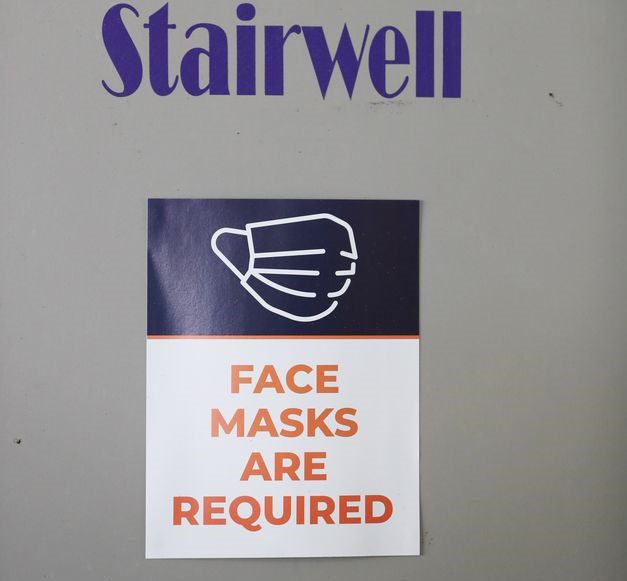Schools Rely on the Census. A Rushed Count Threatens Its Accuracy, Groups Warn
Education Week | by Evie Blad | August 10, 2020
A critical part of the 2020 U.S. Census starts Tuesday, when workers nationwide will visit households that haven’t responded to the survey online or by mail.
But child advocacy groups have warned that plans to abbreviate this “nonresponse followup” phase threaten to jeopardize the response rate and the accuracy of the data. And that’s a big deal for schools because that population count is used to allocate billions of dollars in federal funding for programs like the National School Lunch Program, Title I, and Head Start..
The most undercounted population in the 2010 Census were children under the age of 5, a crucial age group for schools. Children ages 5-9 were the second most undercounted group.
“The burdens of a census undercount would be felt for the next decade and would harm our nation’s children” warned ChildTrends, one of a host of research and advocacy groups that have sounded the alarm about the census schedule. “Congress and the Census Bureau have a responsibility to ensure a fair and accurate count to prevent this damage.”
The U.S. Census Bureau first shifted its collection schedule in response to the coronavirus pandemic by delaying the start of the nonresponse followup period from May 13 to Aug. 11. When the agency first announced that delay, it said the in-person count would end Oct. 31. But last week, officials said they would now end all data collection by Sept. 30, abbreviating the final phase of the count by four weeks in an effort to meet statutory deadlines for gathering and assembling the population count by Dec. 31.
Some organizations have urged Congress and the Census Bureau to not only keep the original modified schedule, but to extend the deadline for the final Census data if necessary to ensure a complete count.
“Unfortunately, a rushed census will harm every state,” says an Aug. 6 letter to Senate leaders, signed by nearly 900 community organizations. “Currently, there are low response areas in every part of the country, in every state, in every city. If remaining counting operations are not done well, communities most in need of resources to improve quality of life and standards of living will get the short end of the stick for the next decade.”
About 63 percent of U.S. households have responded to the survey, the Census Bureau reports. And significant portions of the country are well behind their 2010 response rates, according to data from the Center for Urban Research at the City University of New York.

Nonresponse followup “is especially important to ensure a fair and accurate count for communities facing historic undercounts such as people of color, children under age 5, people in poverty, renters, and others,” said a statement from First Focus on Children, an advocacy organization.
The abbreviated schedule comes after community outreach efforts to encourage censusparticipation were hampered by school closures and stay-home orders as the coronvirus pandemic spread in the spring.
For schools and organizations that assist children, an inaccurate count would affect more than federal funding.
Child Trends warns of “cascading inaccuracies, over the next decade, in the data on which school systems, early childhood programs, child welfare agencies, and public health departments rely.”
“Census results are used to generate weights for many sample-based federal datasets, including the American Community Survey, the Current Population Survey, and the National Household Education Surveys Program—the very surveys that are critical to good decision making on behalf of children and youth,” the organization said in a statement.
In an Aug. 5 letter to U.S. Secretary of Commerce Wilbur Ross, a collaborative of philanthropy groups said they rely on census data to help drive their giving and programs. And many have committed to complete census efforts based on the original schedule.
“Rushing the census would unnecessarily impair our nation’s collective efforts to achieve a fair and accurate 2020 Census,” the letter says. “It would hurt a diverse range of rural and urban communities, leaving them underrepresented locally and in Congress and cutting their fair share of federal funding for Medicaid, economic development, child care, schools, road and public transit improvements, home heating assistance for senior citizens, and many more vital services.”



